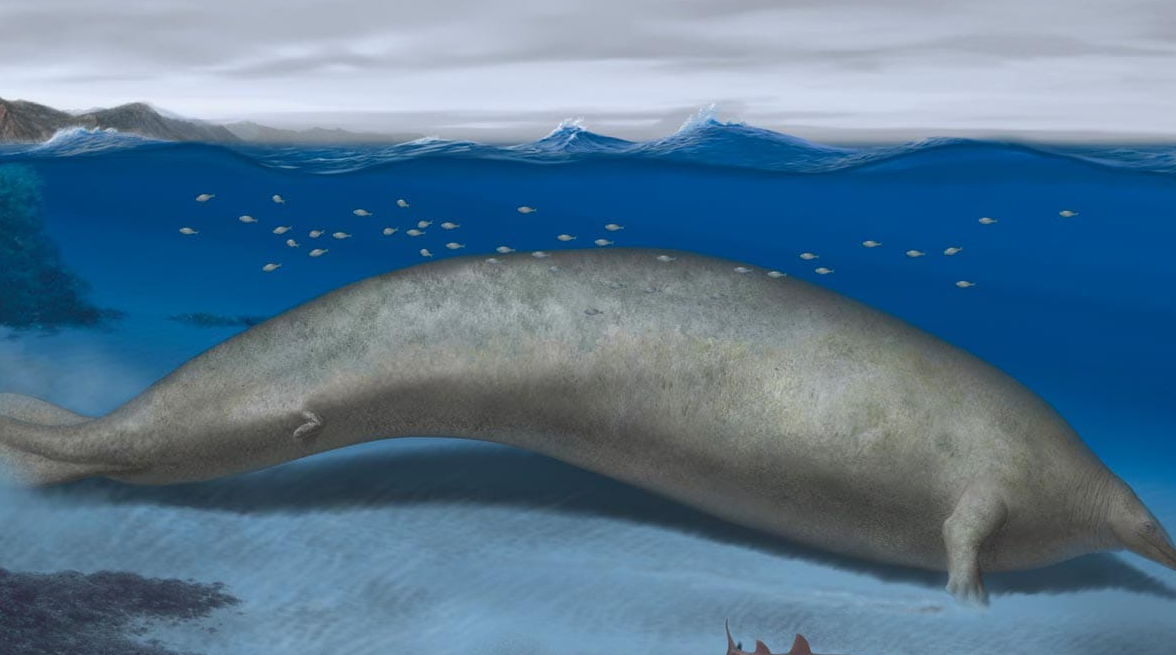A groundbreaking revelation has sent shockwaves through the scientific community as researchers unveil the fossilized remains of a gargantuan ancient creature. This astonishing discovery has shattered size records, shedding new light on the evolution of marine mammals and challenging the very notions of size limitations in the animal kingdom. According to a report published just yesterday, the remains belong to an awe-inspiring whale species known as Perucetus colossus, aptly nicknamed “the colossal whale from Peru.” Dating back approximately 39 million years, this prehistoric leviathan is believed to have dwarfed even the mighty blue whale, setting a new bar for the heaviest animal ever known to exist.
Scientists discovered fossils of an early whale in Peru called Perucetus colossus that lived about 38-40 million years ago during the Eocene epoch. It may have topped the mass of the blue whale, long considered the heftiest animal on record https://t.co/z61W606Ic7 pic.twitter.com/DFwBf5jdJT
— Reuters (@Reuters) August 3, 2023
Delving into the depths of history, scientists have meticulously reconstructed the proportions of this ancient behemoth. Estimations suggest that the colossal whale from Peru could have surpassed a mind-boggling weight of 300 tons or possibly more. To put this into perspective, imagine two to three of today’s largest blue whales combined! What’s more, this groundbreaking revelation stems from an incomplete skeleton, with individual vertebrae weighing an astounding 220 pounds each. The excavation of these mammoth bones has been a painstaking process, with only a fraction of the remains unearthed over the course of a decade.
The colossal whale’s discovery carries profound implications for our understanding of evolutionary biology. Cetaceans, the group to which whales belong, have long captivated the fascination of scientists seeking to unravel the mysteries of life’s transformations. The ancestors of these ocean-dwelling giants first emerged onto land a staggering 400 million years ago, only to eventually return to their aquatic origins some 50 million years later. This timeline has spurred intense debate and speculation about the factors that govern the upper limits of size for mammals. The unearthing of the Perucetus colossus challenges conventional wisdom and pushes the boundaries of our knowledge about the evolutionary trajectory of these magnificent creatures.
In a world where scientific discoveries continue to reshape our understanding of the natural world, the emergence of the colossal whale from Peru stands as a testament to the unending mysteries that await us beneath the Earth’s surface. This incredible find not only redefines our perception of size but also ignites fresh debates among researchers, sparking inquiries into the intricate dance between evolution and environmental factors. As we gaze back in time through the lens of these fossilized remains, we are reminded that the story of life on Earth is a tapestry woven with threads of awe-inspiring complexity.

